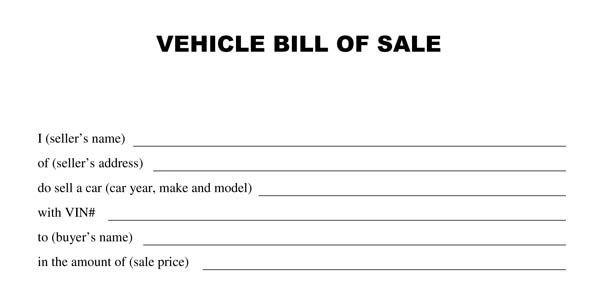The Internal Revenue Service provides taxpayers with a document known as a 1099-INT to record interest income. All organizations that provide year-end interest payments to shareholders must issue this Form. All forms of interest income & costs are itemized. By January 31st, payers are required to send a 1099-INT to every recipient of at least $10 in interest throughout the course of the year. The IRS receives one copy, whereas the taxpayer receives another.
Recognizing Form 1099-INT
It is necessary to fill out Form 1099-INT in order to report any information about the interest that was paid or received throughout the course of a given tax year. Only the parts of Form 1099-INT that apply to the particular taxpayer should be completed.
Detailed Information Regarding the Payer
The name, house number, town, state, nation, ZIP code, and contact information of the payer are required for Form 1099-INT. If somehow the payer has a TIN, it should provide it on the Form.
Details about the Recipients
The details of the beneficiary are needed on Form 1099-INT as well. In almost all cases, the payer will already have this data on hand. When opening a new bank account, for instance, you'll need to provide your contact details to the bank. The timely issuance of Form 1099-INT is a primary motivation for this request. The recipient's Social Security number (SSN), name, house number, town, state, nation, and ZIP code are all included on Form 1099-INT. If a set of accounts are to receive a different amount, the issuer may provide the bank details of the particular account.
Box 1: Interest Earnings

The deductible interest amount is shown in Box 1 on Form 1099-INT. Money recorded in Box 3 is not included in this total. Transfers to savings accounts, dividends from life insurance policies, and other forms of interest totaling $10 or more are all included here. In this section, we additionally record interest payments of $610 or more made in the process of business.
Box 2: The Penalty for an Early Withdrawal
The amount of principal or interest that was lost as a result of an earlier-than-usual fund withdrawal is reported in Box 2 of Form 1099-INT. This must have been a prepayment on some kind of time deposit having a fixed expiration date. The forfeiture is deducted from the recipient's net income but not Box 1.
Box 3: Savings Bond & Treasury Interest
U.S. govt bond, bill, note, & bond interest collected in a given tax year is reported in Box 3 on Form 1099-INT. This is part of the interest income that is summarized in Box 1.
Box 4: Withheld Federal Income Tax
The total amount of taxes deducted from interest payments may be seen in Box 4 on Form 1099-INT. If a taxpayer doesn't provide their TIN when asked, interest must be deducted from their payments. Withholding rates are subject to change. Included in the instructions for federal tax forms is information on how to inquire about the recipient's TIN.
Box 8: Tax-Free Interest
Box 8 on the 1099-INT Form is where most people will enter the amount of tax-free interest they received. This income is usually received on government-issued bonds. You don't have to worry about paying taxes on this money or even counting it as income.
Additional Boxes
There are 17 fields to fill out on Form 1099-INT. If you get a Form 1099-INT and the data is in one of the additional boxes, you may want to see a local tax professional about how to handle it. The remaining sections of Form 1099-INT address topics such as international taxes, interest on personal activity bonds, market discounts, and further tax-free investments. Participating taxpayers in the Fed Consolidated Filing Program also utilize Boxes 15, 16, and 17 to give state tax records.
Special Considerations
Recipients/Payments Exempt
Though you are a certain sort of entity or taxpayer, you are exempt from receiving a Form 1099-INT, although you received interest payments. Organizations that are not subject to taxes, businesses, retirement plans, health savings accounts, government agencies, and many other payees are all on this list. Also, only interest earned by a U.S. person from U.S. sources and paid to a U.S. person is reported on Form 1099-INT. Interest payments made by non-U.S. payers or connected to non-U.S. instruments meet the requirements for exemption and are thus free from U.S. taxation.
Payment Schedule

For reporting interest payments, utilize Form 1099-INT; nevertheless, there may be ambiguous criteria about the timing of when interest is really paid. Think about situations when you get a payout but aren't able to cash out the interest you've earned. When interest is due to a taxpayer, it is typically paid once the amount owed is credited to the taxpayer's account. The taxpayer must have access to the interest at all times. Interest upon savings bonds & related demand liabilities is paid upon presentation.
The Bottom Line
The interest you paid or earned during the tax year should be reported on Form 1099-INT. Payers must fulfill a number of requirements before they may send copies of Form 1099-INT to taxpaying citizens and also the IRS. On the contrary, if you've received a Form 1099-INT, chances are you have interest revenue that has to be reported on your tax return.



